What It Looks Like to Ethically Slaughter a Duck
Credit to Author: Peter Barrett| Date: Tue, 21 May 2019 13:52:21 +0000
I have long maintained that meat-eaters should kill at least one animal themselves. The act of killing—or at very least witnessing it—brings an awareness not attainable by other means, a focus on the inescapable nature of carnivory. Those of us preoccupied with the provenance of our food owe it to ourselves and the animals we eat to bring that attention and respect to our cooking and eating. Having said that, though, it’s remarkable how quickly something as vivid and irrevocable as death becomes commonplace.
Elise Kornack was the chef and co-owner with her wife Anna Hieronimus of the Michelin-starred Brooklyn restaurant Take Root. Last year the couple moved up to the Woodstock area, where they hope to open something new in 2019. Kyle Jaster was a fan of Take Root, and with his wife recently started Atticus Farm nearby, where they raise pigs and poultry.
This conversation took place after we spent a day together at the farm slaughtering ducks. They’re trickier to raise than chickens, and Kyle was ready to phase them out so he could concentrate more fully on his pigs. Elise invited me along to document the proceedings. Over the course of several hours, they dispatched about a dozen ducks, placing them head-down in inverted traffic cones (holding them upside down relaxes them and facilitates bleeding) before slitting their throats and then plucking, gutting, washing, and bagging them.
The ducks expired calmly, and somewhere around the time of their evisceration they had transformed fully from animals to meat.
We gathered not long after at Elise and Anna’s house, where Elise grilled one of the ducks and we talked about what it means to raise and eat meat.—Peter Barrett
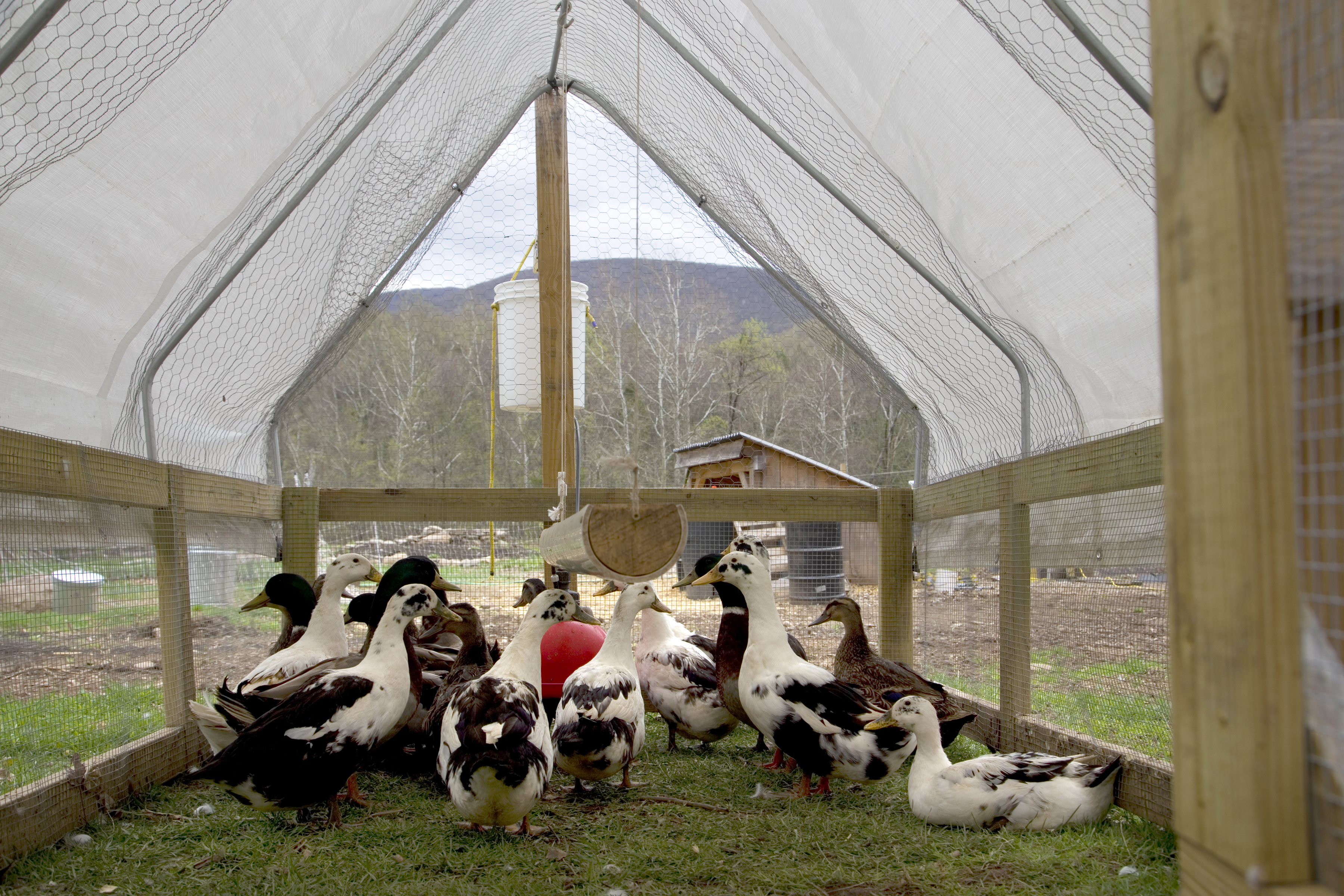
VICE: When you moved up here, was proximity to farms and getting to know farmers like Kyle an important part of your desire to move?
Kornack: Absolutely; our desire to be closer to the source and create relationships prior to opening the restaurant was very important. Often when people decided to open a restaurant, they come up with the concept, find a location, build it out, and then find suitable purveyors. Considering the nature of the community up here, it made more sense to us to take a reverse approach. We set out to experience all four seasons and spend time meeting and talking with people locally, and allowed that to dictate where we began our next venture.
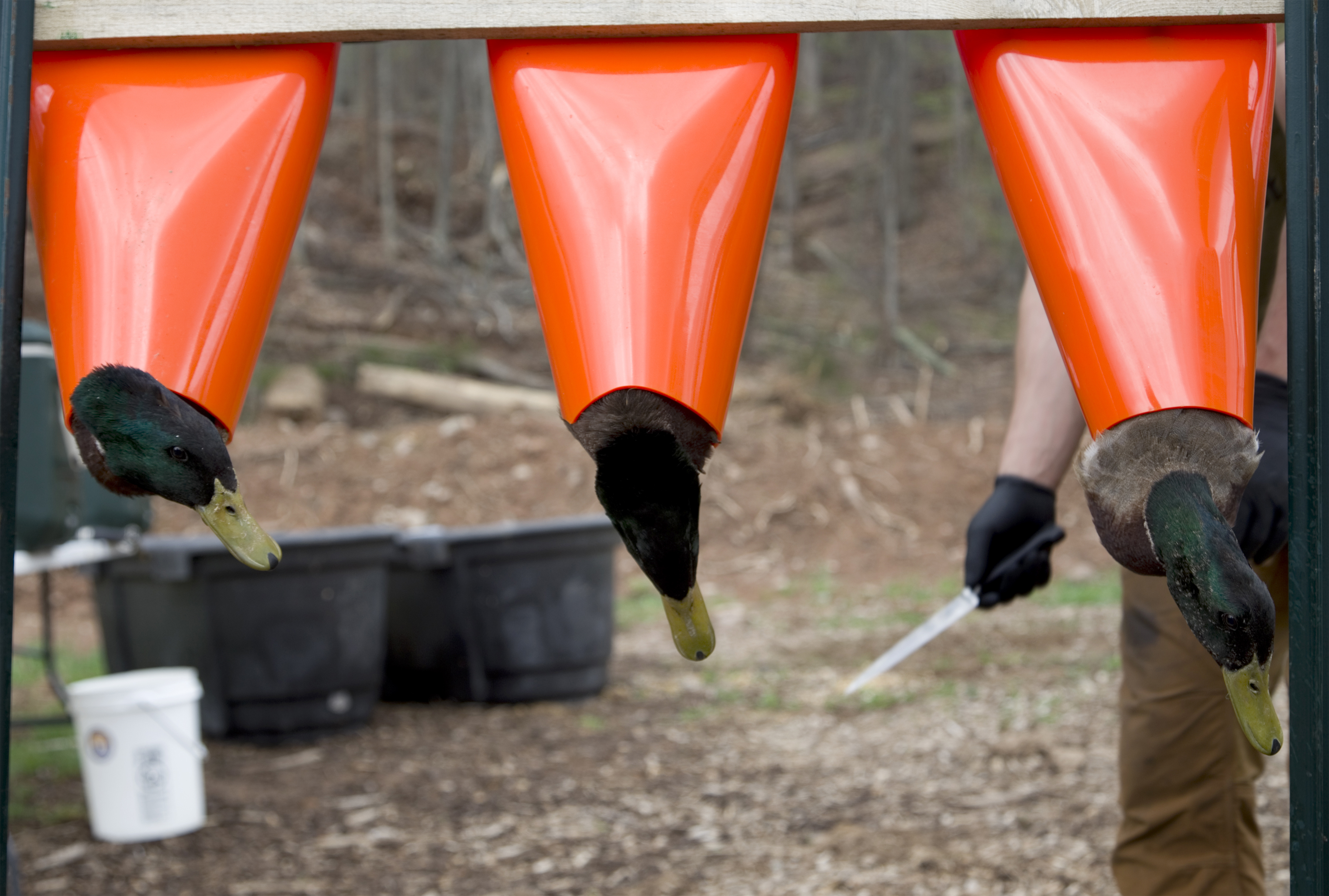
VICE: I know you slaughtered a lamb recently in addition to the ducks you took at Kyle’s place. Prior to moving up here, had you killed anything yourself before?
Kornack: Fish and shellfish. I killed a chicken once. But I had never killed a mammal.
VICE: Did killing that lamb and all those ducks change your relationship to meat in any way?
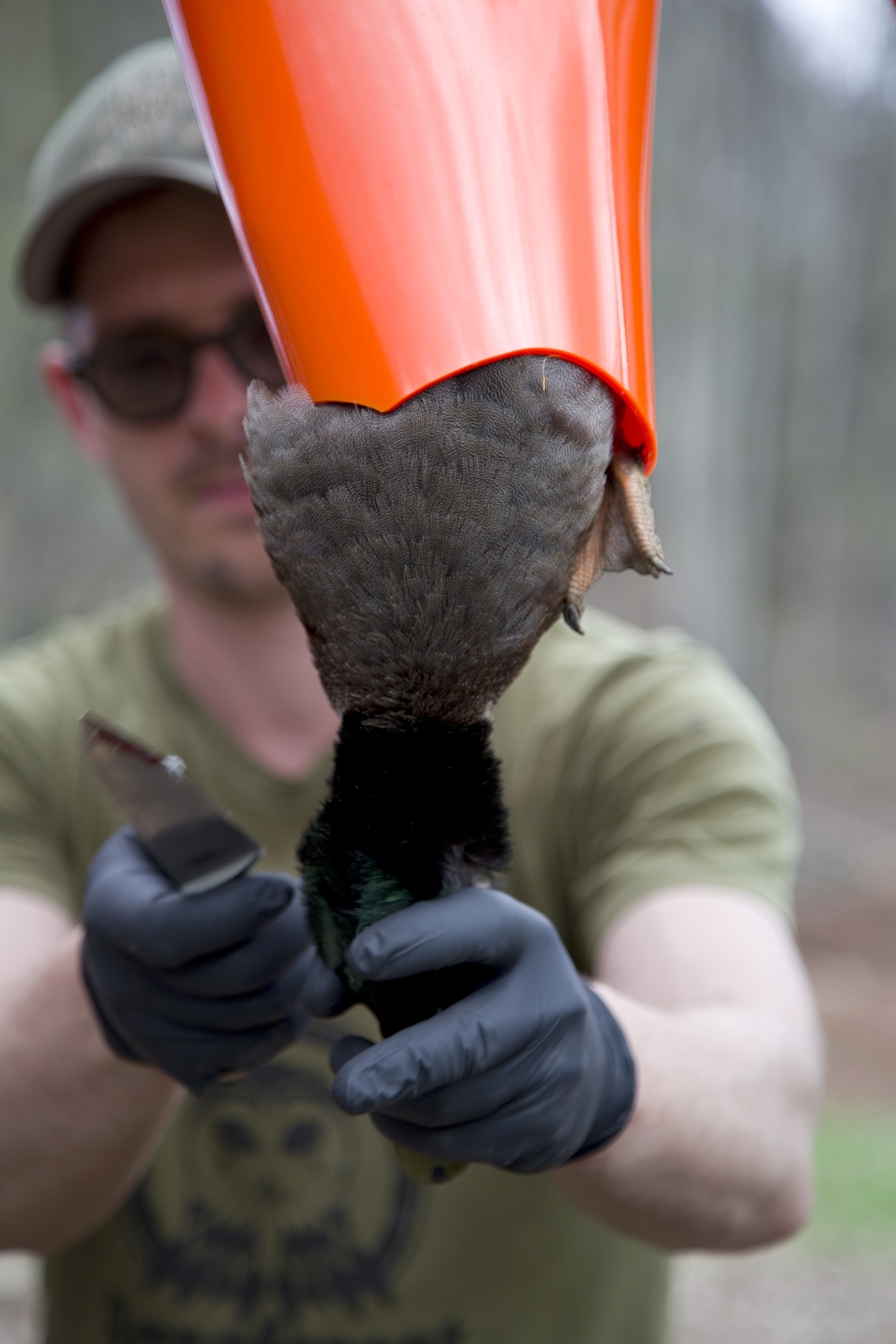
Kornack: I thought I would be more disturbed by the idea of taking a life, but instead there was an element of enjoyment that I did not expect to feel. I understand that to most people saying I enjoyed killing a living being sounds rather morbid. The truth is, when we slaughter an animal we have control over their last breath, their last moment on Earth in the physical form—and that is undeniably powerful.
In most cases, it is obviously not appropriate for one human to kill another human, but the act of killing something living is intrinsically linked to certain emotional and physical reactions. An adrenaline rush, for one. More importantly, the power to kill this animal is the power to be responsible, to use the entire animal, and to be respectful while doing so. This responsibility is a gift and has completely changed how I experience eating meat; now I see a pork chop and wonder “Who raised this pig—and how was she slaughtered?”
Jaster: It took some time to get over my personal mental hump about slaughtering. After moving up here, I began to really enjoy the connection to natural life cycles. The thing about the country, and about farms especially, is that anywhere there’s a lot of life there’s also a lot of death. You see lots of babies in the spring, and then you harvest in the fall. I think about life and death differently now, more in terms of managing them to avoid suffering and create joy.
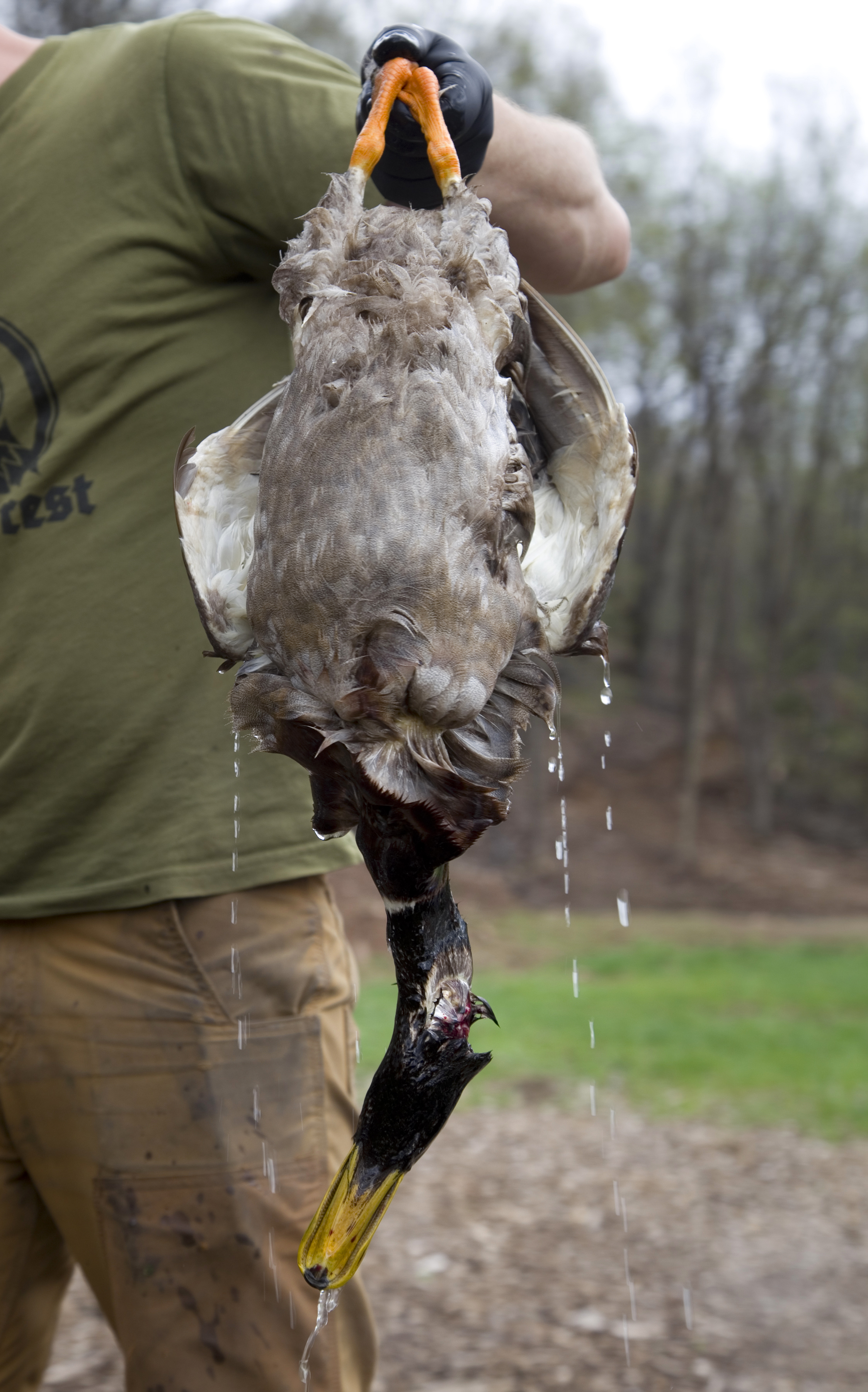
VICE: Susun Weed [a nearby herbalist] raises sheep for milk and meat, and when she slaughters them she has a whole ritual: she sings to them and straddles them like she’s riding them and then cuts their throat. She calls it “giving death.” I haven’t seen her do it, but she says they’re always calm and accepting of their fate. She’s very clear that it’s a gift.
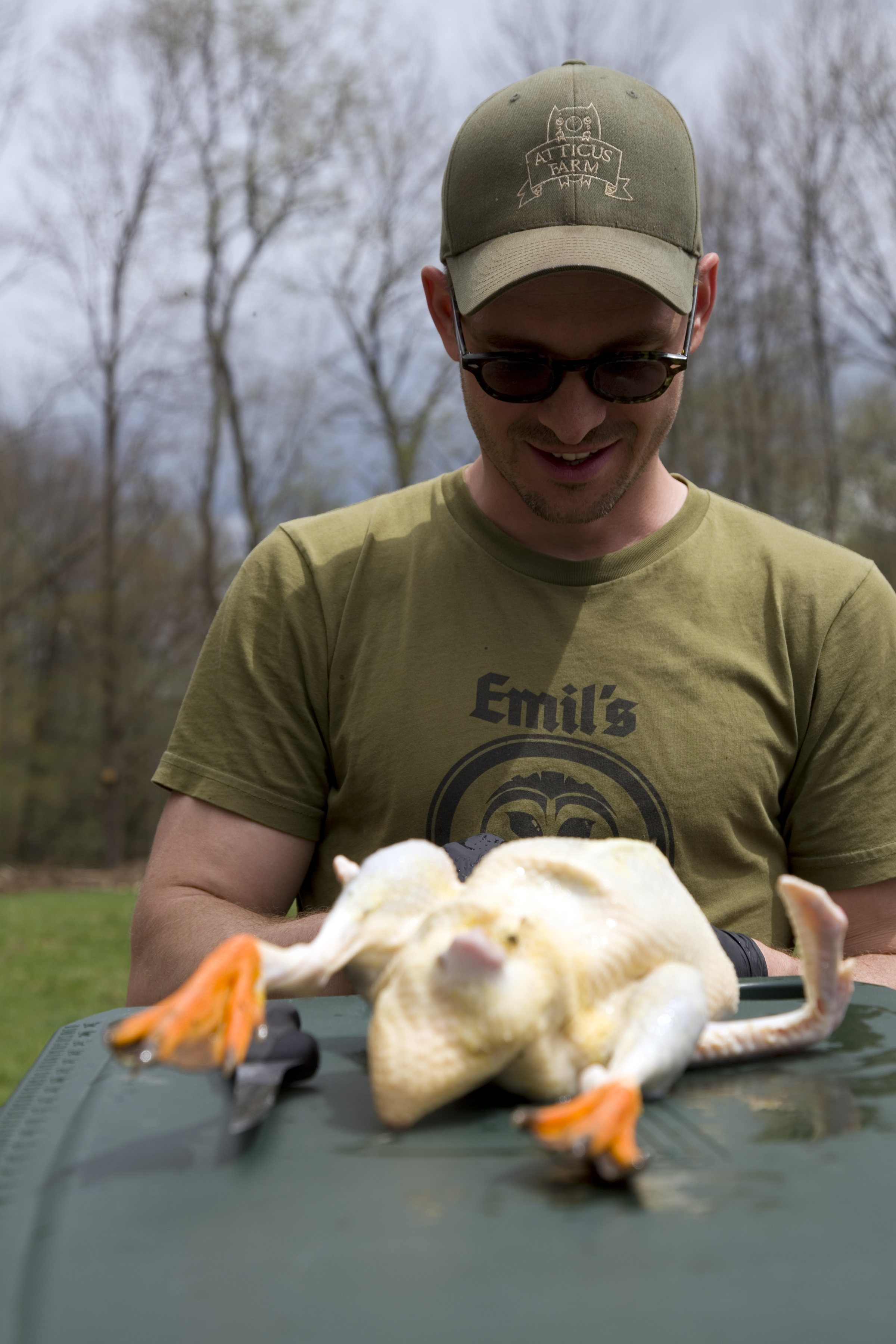
Kornack: That’s how we’d all love to die: surrounded by friends and family and full of good food. Kyle has told me he gives them corn, which to them is candy and they are with all their buddies—at their peak life. I remember hearing a saying “well-raised animals have one bad day” but it’s not a bad day; they don’t know it’s coming. When they are shot they are of course not aware they are dead. So the moment before it happens they are not anxious and afraid, but are content.
VICE: And prey animals, or any animals for that matter, hardly ever die of old age in the wild.
Kornack: They get eaten or killed.
VICE: It’s way better to be shot in the head when you’re fat and happy than it is to be taken down by a pack of coyotes.
Kornack: Think about nature programs where you see antelopes torn to shreds by lions while they’re still alive. And nobody is there to love the animal, the rest of the herd has run away. They’re not sitting by their friend’s side holding their hand while they die. Being shot sounds gruesome, but it’s much more humane.
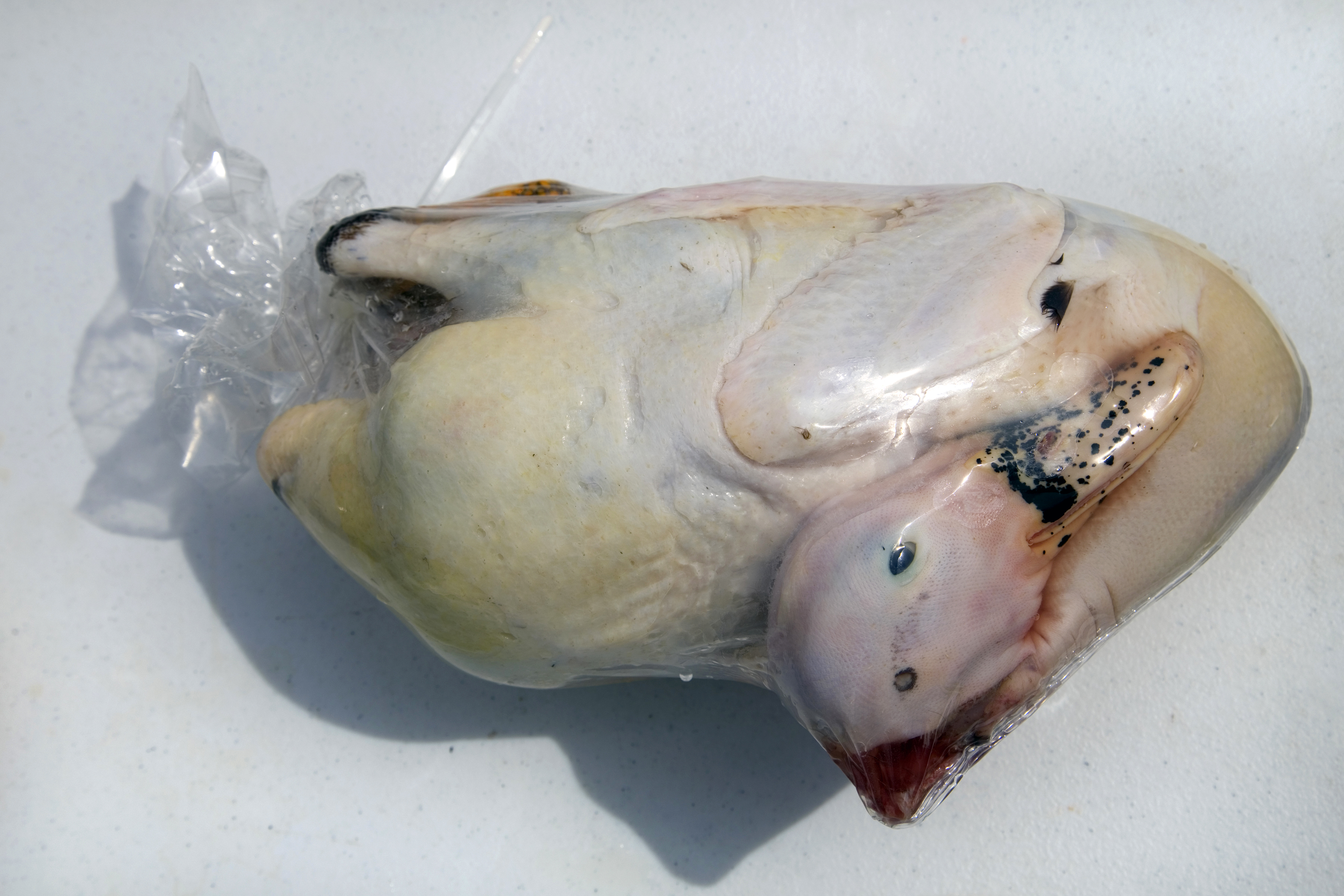
Jaster: I spend a lot of time with the animals. I want them to be comfortable around me so when I need to kill them they’re as relaxed as they can be. I called my dad after I killed my first pig. I said “If I had a choice, this is how I’d go: at home, with friends and family, after my favorite meal, then get shot in the back of the head.” My mom died of cancer. She suffered horribly for a long time. Going from light to dark quickly in a beautiful place is the ideal.
VICE: And being blissfully unaware of what’s about to happen.
Jaster: My pigs have no idea that they’re about to die. With ducks and chickens, when you hold them upside down [inside plastic cones] they effectively fall asleep and then bleed out. There’s no quacking or screaming; they suffer as little as possible. Getting grabbed by an eagle—ripped open, guts torn out—while they’re still alive is the “natural” way to die.
Kornack: Kyle has a responsibility to take care of the pigs and make sure they taste good, but there’s a larger responsibility to understand that they will die and be consumed. So how can he do that in the most respectful way for the animal and also for the people who will eat it? He wants them to know what he’s doing and why he’s doing it. Not all farmers communicate with their customers about how the animals die, but it should be part of the conversation, because how they’re killed does affect the quality of the meat.
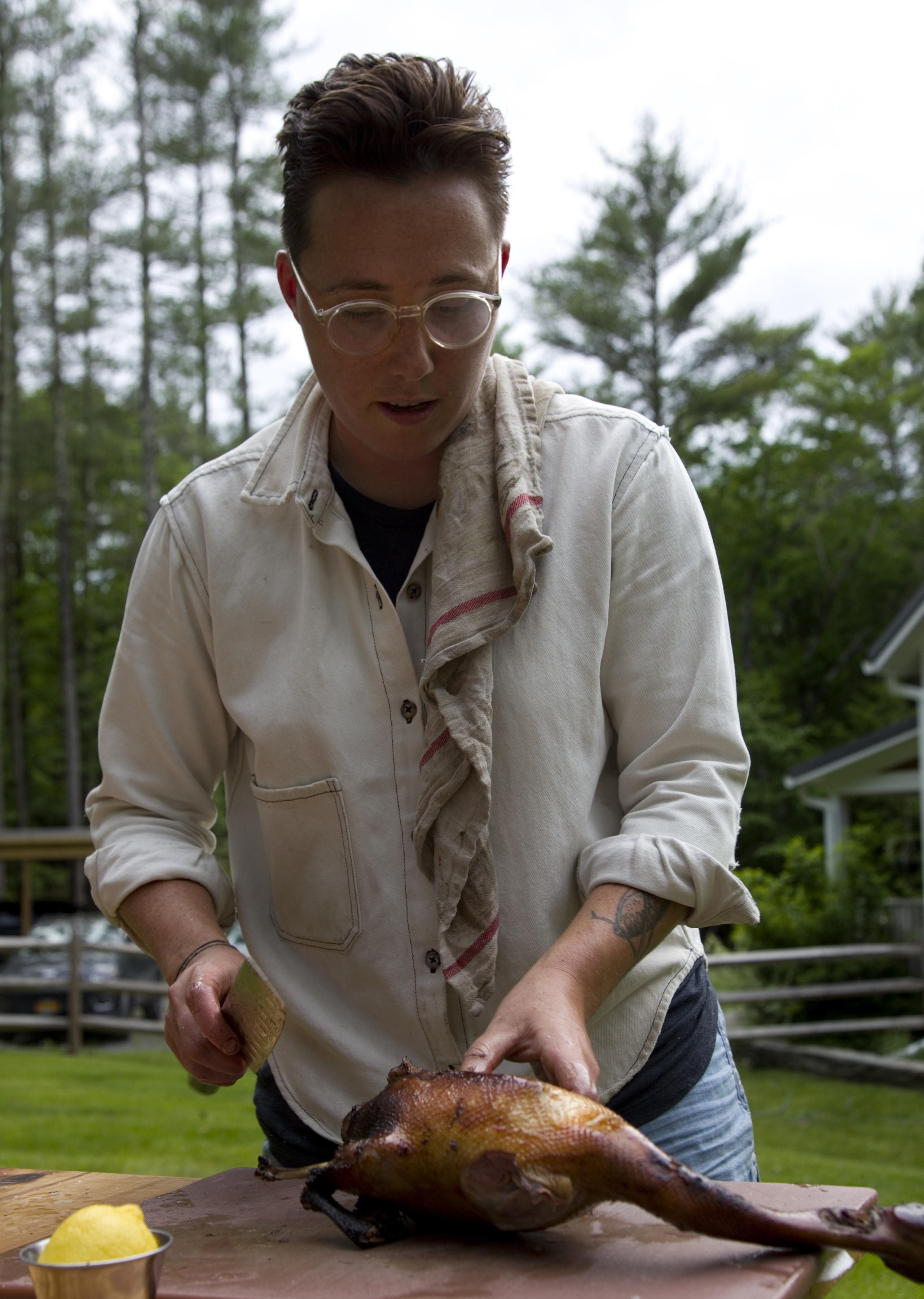
VICE: Right; apart from the cruelty, adrenaline and stress hormones change the texture and flavor. You don’t want to release those into the bloodstream.
Jaster: I learned from a French woman who visited the farm. She kills, eviscerates, and butchers her pigs warm; she never chills the body down before butchering, which is very uncommon. Part of her reasoning is spiritual; it’s relevant that it’s warm because it’s a body, but she believes that the muscles respond differently when they’re cut fresh and that the meat tastes better.
Follow Peter Barrett on Instagram.
This article originally appeared on VICE US.